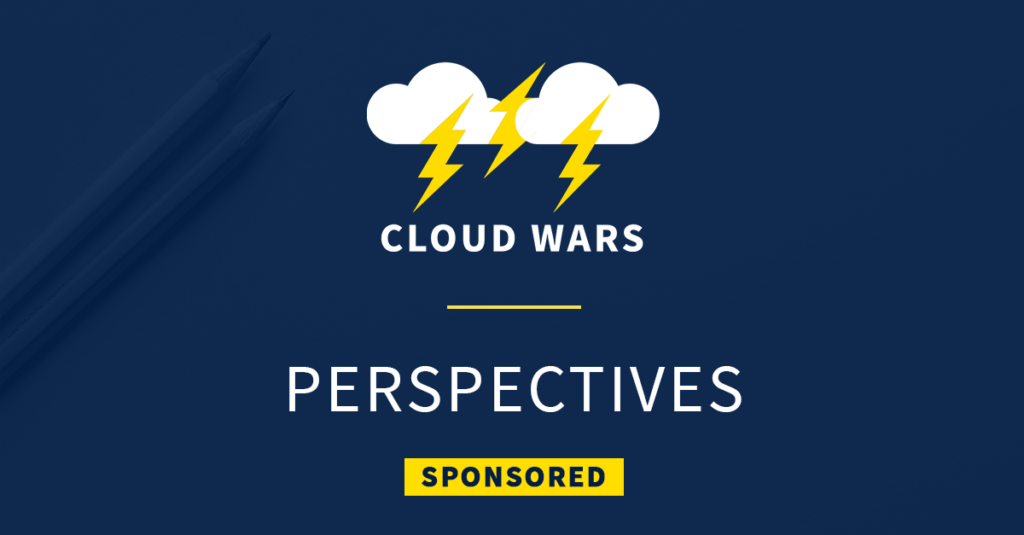As hundreds of thousands of businesses across the globe move aggressively into the cloud, they’re discovering that when their users are having great experiences during the process, the migration projects are more likely to be hugely successful.
In today’s fast-paced and turbulent business environment, cloud-migration projects are stressful enough with tight deadlines, daunting ROI requirements, new technologies to learn, impatient business users, and stepping into the unknown.
But the stress levels really reach unhealthy levels when users aren’t able to fully comprehend why disruptions are happening, what’s causing recurring problems, and where focus needs to be centered to drive the most-successful outcome.
The problem is that most organizations today lack the analytical capabilities to measure ROI because they don’t have the necessary tools to capture real-time data on productivity, disruptions, and employee engagement.
Forced to fly without instruments on these critical migration projects, project leaders quickly face a range of challenging questions:
- How can I determine which components should get top priority?
- Where are users experiencing the most errors?
- Which workflows and processes are the most inefficient?
- Which applications cause the greatest number of problems for employees?
- How can I identify the optimal path to delivering a fully successful project that meets all ROI expectations?
Without the right tools, the answers to those questions will remain as distant and inaccessible as Pluto, regardless of how much effort the team is pouring into the project. There are simply too many variables, too many unknowns, and too much uncertainty.
On top of that, another challenge to creating happy users and successful projects is that IT projects in today’s world are profoundly different than they were 5 or 10 years ago. Back then, they had beginnings, middles, and ends. But in the Cloud Era of today, IT environments are filled with highly interdependent and interconnected systems and applications that require continuous improvement rather than finite completions and consequent celebrations.
For cloud migrations, that means the effort is continuous. And that new reality means that great user experiences are even more essential than ever before because in some ways, the project of optimizing your cloud and hybrid environments never stops.
Plus, in the wake of the pandemic, employee experiences overall have become a top priority for most businesses.
As a result of all of those factors, IT leaders are beginning to take steps to drive better and better employee/user experiences during these big-time migrations.
So what’s the solution?
In parallel with that new nonstop reality and the heightened emphasis on speed, forward-looking IT teams are undergoing a significant change in mindset that involves not only the tools and solutions they deploy but also the culture and capability of the organization. And the key to that new mindset is to shift the emphasis in part away from “technology implementation” to “experience optimization.”
In the old world of limited-scale projects, the prevailing approach was for everyone involved to be 100% focused on implementing the stuff, whether hardware or software or storage or cabling or whatever. You can almost see the old thought process: “Read the manual, follow the manual, doublecheck the installation, run some tests, and that’s the end of our involvement.”
The rising trend is profoundly different and puts a much greater emphasis on thinking about this very different type or priority: “Are the people using these solutions getting a great experience, and are they thereby more likely to be able and eager to drive superb performance for the company?”
In this new reality with relentless change and a premium on both speed of operations and great experiences for both customers and employees, IT leaders would be well-served by following these recommendations:
- Don’t settle for traditional tools that merely extrapolate, emulate, or estimate what users see. Rather, insist on solutions that let you monitor with great precision the complete “user journey” through the cloud application.
- Don’t allow the corrosive “Us vs. Them” dynamic to take root across IT teams and users who, in the past, were almost always pursuing different goals and often-conflicting objectives. Instead, insist on modern end-user analytics that can help unify their efforts and objectives to drive the best possible outcome for the organization.
- Don’t accept or even allow siloed thinking across the essential functional units: cloud administration, help desk, BPO, training, and onboarding. Again, the unifying element can and should be end-user analytics that help guide the way to great employee experiences.
“At Knoa Software, this is what we’ve been doing for 15 years,” said CEO Brian Berns. “We’ve helped hundreds of companies optimize employee experiences during cloud migrations, and can share case studies and overviews of what we do and how we do it. Please contact us at info@knoa.com and/or visit us at www.knoa.com.”
This article is brought to you by Knoa.








